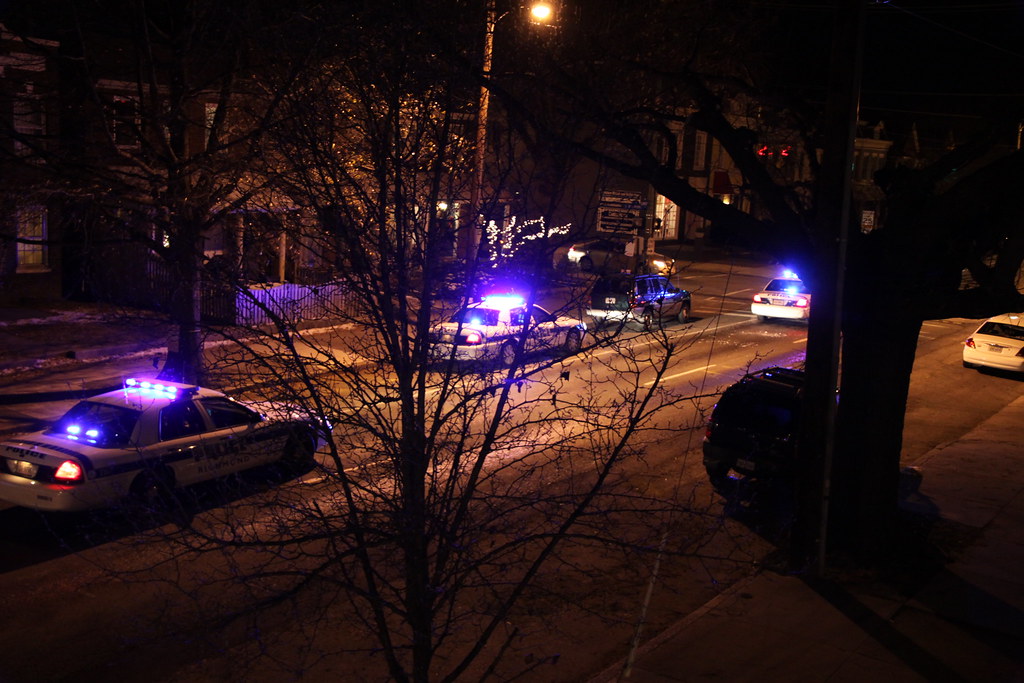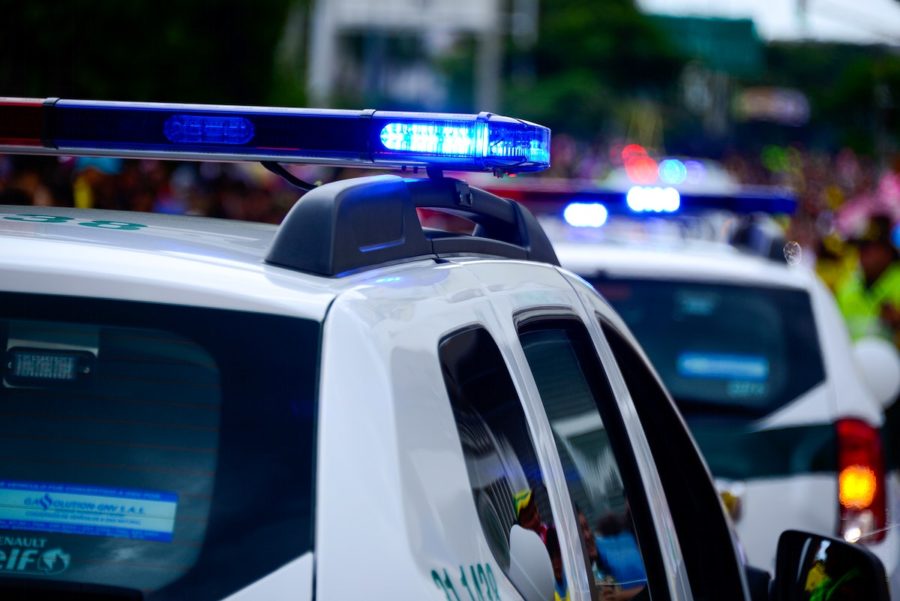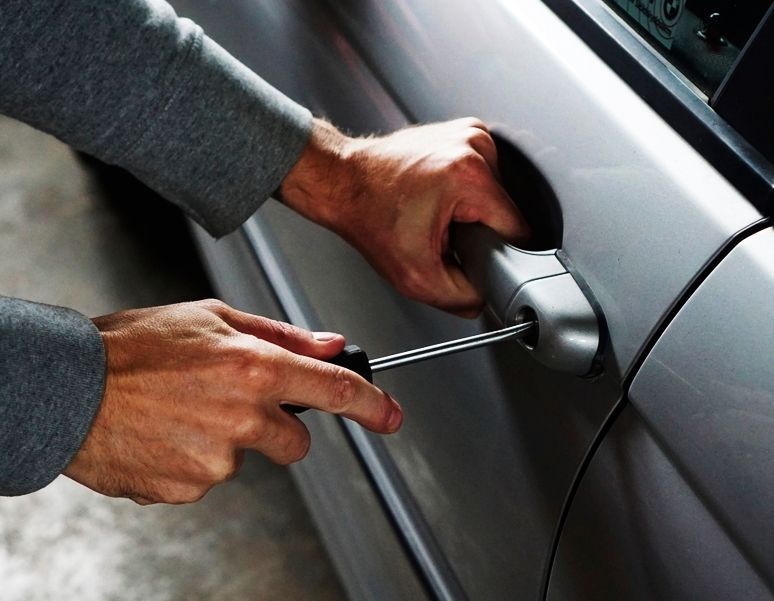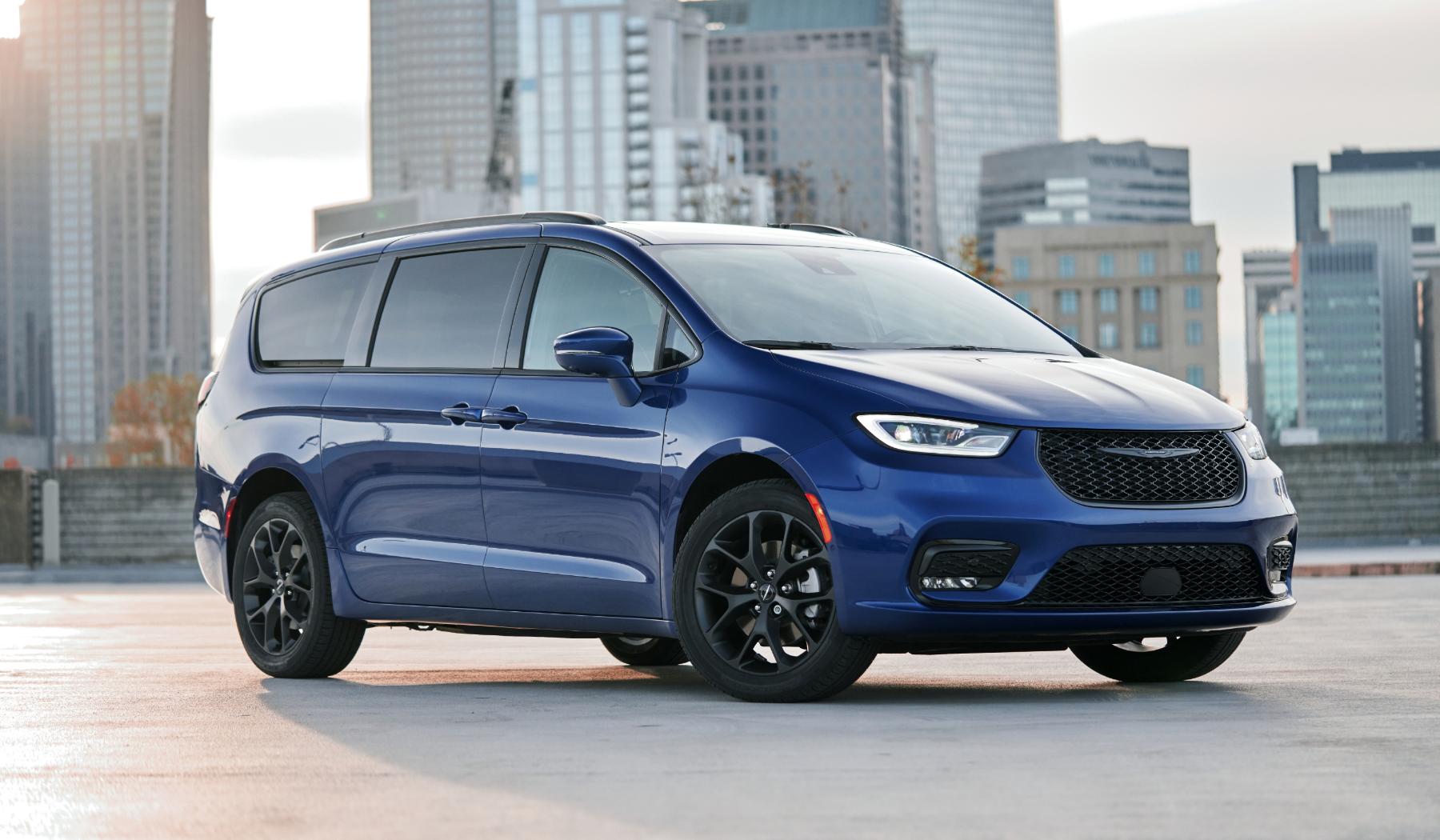
Car accidents, even those that seem minor, can be incredibly stressful and overwhelming. Many drivers underestimate the potential long-term consequences of a simple fender-bender, often failing to follow proper procedures that are critical for protecting their legal and financial interests. Whether it’s a small dent in a parking lot or a minor collision at a traffic light, knowing precisely what to do can make all the difference in avoiding costly mistakes and ensuring you receive the compensation and protection you deserve.
It’s a common misconception that minor accidents don’t require the same diligent attention as more severe crashes. However, “minor auto collisions should be given the same treatment as you would give to a more severe crash scenario.” The impact of even a seemingly insignificant incident can lead to delayed injuries, disputes over fault, and unexpected expenses. A detailed record, beginning with proper documentation at the scene, is absolutely critical.
This guide is designed to empower you with direct, usable advice, offering a clear, practical path to navigating the aftermath of a minor car accident. We’ll walk through 12 simple, actionable steps that can help you stay calm, protect your rights, and ensure a smoother resolution, transforming a chaotic moment into a manageable process. Let’s dive in and learn how to proactively manage the situation and safeguard your future.

1. **Prioritize Safety and Check for Injuries**The very first thing you must do after any collision, no matter how minor it appears, is to prioritize your health and safety, along with that of your passengers. “Check yourself and your passengers for injury.” The immediate aftermath of a crash can be disorienting, and an adrenaline spike might mask pain, making it easy to overlook injuries that could become apparent hours or even days later. This initial assessment is paramount.
If anyone is hurt, even if the injuries seem minor, “call 911 and get medical assistance from first responders at the scene.” In California, for example, “it is required by law to call 911” if even “very minor injuries have occurred.” Prompt medical attention is not only crucial for your well-being but also creates an immediate, documented link between the accident and any injuries you may have sustained, which can be vital for any subsequent claims.
It’s important to be cautious with your words at this stage. Avoid making definitive statements such as “I’m not hurt” to law enforcement or insurance adjusters. Injuries like whiplash, concussions, or internal issues “are not immediately apparent” and “could begin presenting symptoms in the hours or days after the collision.” Protecting your health and keeping your options open regarding potential injuries is a smart move.
Remember, your physical well-being is the top priority. Don’t rush this step or assume that a lack of immediate pain means a lack of injury. A thorough self-check and an honest assessment of anyone else involved will set a crucial foundation for all subsequent actions and protect your long-term health.
Read more about: Navigating the Exactech Medical Alert: A Consumer Guide to Defective Joint Implants, Recalls, and Your Legal Rights

2. **Move to a Safe Location (If Possible)**Once you’ve quickly assessed for injuries, your next immediate concern is to move yourself, your passengers, and your vehicle to a safe location, if it’s feasible to do so. “If your car is drivable and causing a potential road hazard in its current location, pull over to one side of the road.” This action helps prevent further accidents and ensures everyone’s safety away from ongoing traffic.
If your vehicle is not drivable, or if moving it might exacerbate injuries, it’s crucial to leave it in place. In such scenarios, “move yourself and your passengers to the side of the road or a sidewalk nearby.” Turn on your hazard lights immediately to warn other drivers of the obstruction. “If you are not able to move your car, turn on your hazard lights so that other drivers can see you and further accidents can be avoided.”
Safety should always be your guiding principle. Do not attempt to move your vehicle if it poses a risk to yourself or others, or if you suspect mechanical issues that could worsen by driving it. The goal here is to get out of the flow of traffic, minimize danger, and create a secure environment while you await assistance or the arrival of law enforcement.
Waiting until it is safe to get out of your car is another critical piece of advice. Before exiting your vehicle, take a moment to observe your surroundings and ensure that there isn’t any immediate threat from oncoming traffic or environmental hazards. Your proactive steps here are about managing the immediate peril and securing the area for yourself and others involved.
Read more about: The Smartest Financial Plays: 14 Ways Your Tax Refund Can Transform Your Auto Loan Strategy

3. **Call Emergency Services and Notify Law Enforcement**Regardless of how minor a car accident may seem, it is almost always advised to call law enforcement to the scene. “Always call law enforcement to the scene of a car accident, regardless of how minor it may seem.” If there are any apparent injuries, dial 911 to ensure both medical and police assistance are dispatched promptly. “Let the emergency responders know about the general medical situations so they can dispatch support accordingly.”
Even if injuries are not immediately apparent and an ambulance isn’t needed, you can notify the dispatcher that only a police officer is required. “You may also choose to call a non-emergency services line to do this.” The critical objective is “getting an officer on site to write up an accident report.” This official report serves as a formal record of the incident and can be indispensable for insurance claims or legal proceedings later.
Never agree if the other driver suggests skipping this step or attempting to keep the incident “off the record.” A police report is your best friend in protecting your legal rights. “A car accident police report can protect your legal rights — both personally and with insurance companies, who are not likely to cover damages without an official report.” This documentation provides an objective account of the accident, which can be crucial for determining fault and pursuing compensation.
In California, specifically, “it is required to notify the police of a car accident if any injuries or death have occurred as a result.” Beyond this, it can still be useful even for property damage only cases. Having law enforcement assess the situation and provide an accident report can be “critical if you decide to file a personal injury claim.” Don’t hesitate to involve the authorities; it’s a fundamental step in securing your legal standing.
Read more about: Flying Drones? Avoid Louisiana’s $2000 Fine & Navigate Strict Rules Across Key States

4. **Document the Scene Extensively**Once you’ve ensured safety and contacted law enforcement, the next crucial step is to meticulously document the accident scene. This collection of evidence can be paramount in accurately determining fault and supporting your claims. “Be sure to get photos of all vehicles involved from many different angles.”
Take extensive photographs and videos of everything relevant to the accident. This includes “license plates, close up and distanced photos of any visible damage, as well as photos of the surrounding streets and scene of the incident.” Don’t limit your photos to just the damaged areas; capture the overall context, including “nearby traffic signals and signs, weather and roadway conditions.” Even where damages have not occurred, document the scene comprehensively.
If any injuries are apparent, “it’s a good idea to collect photographic evidence of those as well.” Memories can fade, and details can become blurred, so having clear visual evidence provides an undeniable record of the immediate aftermath. This thorough documentation serves as crucial evidence when filing an insurance claim or dealing with any legal issues that may arise.
Additionally, make a mental or written note of the time, place, and what happened leading up to the incident. Your personal account, while not an admission of fault, helps you retain key factual details. The more information you can gather and document at the scene, the stronger your position will be when communicating with insurance companies or legal professionals. This proactive approach ensures that no critical details are overlooked.
Read more about: Birmingham Bids Farewell: Remembering Ozzy Osbourne, The Home of Metal’s Cherished Son

5. **Exchange Information with Other Drivers**After tending to immediate safety and documenting the scene, calmly and professionally initiate the exchange of contact and insurance information with all other drivers involved. This is a non-negotiable step. “You will want to ask for their full name, address, a contact phone number and their insurance information, which includes the company name of their insurance provider, its phone number and their policy number.”
In addition to these essential details, also request their driver’s license number and vehicle registration information. For quick reference and accuracy, it is highly recommended to “take a picture of the other driver’s car and license plate, as well as their insurance card.” This ensures you have precise information and can verify details later if needed.
It’s also a good practice to ask for contact information for any passengers in the other vehicle, “in the event they will need to provide on-the-record statements later.” California Vehicle Code 16025 specifically “mandates the exchange of info after an auto accident.” Failing to share insurance information can even result in fines, so prompt and complete exchange is vital for all parties involved.
Approach this interaction with a focus on collecting facts, keeping the conversation to the bare minimum required to obtain the necessary information. “Be sure to collect the full name and contact information of every driver involved in the minor accident.” This critical data will be essential when you notify your own insurance company and for any subsequent claims or legal processes.
Read more about: Consumer Alert: Unpacking 14 SUVs That Master Transmission Reliability, Defying Post-Warranty Failure

6. **Do Not Admit Fault or Apologize**This is one of the most important pieces of advice you can heed at the scene of any car accident, minor or otherwise: absolutely do not admit fault or apologize. “Do not admit fault or apologize, as this can be used against you later.” It’s natural to want to express concern or empathy, but any statement that can be interpreted as an admission of fault can significantly harm your legal position.
“Even if you feel partially or fully to blame, you should not apologize for the accident or admit any fault.” An immediate apology, even if made out of politeness, can be misconstrued by insurance companies or legal teams as an admission of liability, potentially diminishing the value of any claim you might have. Instead, “stick to factual statements” and keep your conversation at the scene to the bare minimum necessary to exchange information.
Police officers are trained to investigate the scene and form their own opinions based on facts and evidence, not on immediate emotional reactions. “The officer will investigate the scene and form their own opinion of what happened based on the facts and other evidence.” Let them do their job without providing statements that could be used against you.
Insurance adjusters, particularly those from the at-fault party’s insurer, “are trained by insurance companies to trick injury victims into saying the wrong thing so they can refuse to pay injury victims.” Any statement implying you are at fault or that your injuries are not severe can be used to “minimize the value of your claim.” Protect yourself by remaining silent on the issue of fault and allowing the official investigation to proceed.
Following the immediate actions at the accident scene, a series of subsequent steps are crucial for protecting your legal and financial interests. These post-scene actions ensure all necessary medical, legal, and insurance protocols are followed, safeguarding you from potential future complications and securing any compensation you may be entitled to. Let’s delve into the essential follow-up actions that round out a comprehensive response to a minor car accident.
Read more about: Behind the Scenes of Discontent: 14 Infamous Director-Actor Feuds That Rocked Hollywood

7. **Obtain Witness Information**Beyond collecting information from the other drivers, securing details from independent witnesses can provide an invaluable, unbiased account of the accident. These individuals can offer a neutral perspective on what transpired, which is crucial for establishing facts and clarifying any discrepancies in driver statements. Their observations can often strengthen your position significantly.
While law enforcement officers will collect statements from all involved parties, including “statements from passengers and witnesses,” it’s wise to gather this information for your own records as well. Memories can be fleeting, and having direct access to witness accounts allows you to corroborate details and present a consistent narrative if disputes arise later on. This proactive step ensures you have multiple sources of information to refer back to.
When speaking with witnesses, ask if they are willing to provide a statement and collect their full name and contact information. Having their phone number or email address means you, your insurance company, or your lawyer can reach out if further clarification is needed. Their testimony can be a powerful tool for your insurance claim or any potential legal proceedings.
An independent witness’s perspective can significantly impact the determination of fault, especially in situations where accounts conflict. This additional layer of evidence can help prevent the other driver from making false claims or misrepresenting the incident, giving you a stronger factual foundation for your case.
Read more about: A Journey Through Dark History: Exploring 13 Famous Psychopaths and Serial Killers

8. **Stay at the Scene Until Dismissed**Even after you’ve exchanged information and law enforcement has arrived, it is absolutely vital to remain at the accident scene until you are officially cleared to leave. “It is a criminal offense to leave the scene of a car accident before law enforcement arrives unless your injuries require you to be taken by ambulance to receive urgent medical treatment.” Understanding this legal requirement is paramount to avoid additional legal troubles.
Unless your injuries are so severe that you must be transported to a hospital by ambulance for urgent care, you must “remain with your vehicle in all other circumstances and wait to be dismissed by the law enforcement officer after they have completed their report.” This ensures that the officer has all the information needed to complete their investigation and official report, which is a key piece of documentation for your case.
Leaving the scene prematurely can lead to serious legal consequences, including charges for a hit-and-run, which is also known as “leaving the scene of an accident.” Such charges can carry significant penalties, including fines, points on your driving record, and even jail time, depending on the severity and outcome of the crash. Always prioritize compliance with the law over convenience.
While waiting, you can use the time to double-check the information you’ve collected, review your photographs, and make any mental notes of details you might have missed. If possible, ask for the officer’s name, badge number, phone number, and the police report number so you can easily obtain the official records when needed. This diligence ensures you have a comprehensive record of the entire incident.
Read more about: 12 Legendary Automotive Rivalries That Revolutionized the Roads and Fueled Innovation

9. **Seek Medical Attention Immediately**Even if you feel completely fine after a minor car accident, seeking medical attention immediately is one of the most critical steps you can take. “Even if you don’t immediately think anyone was hurt, you can’t rule out the possibility at this stage.” The adrenaline surge following a collision can mask pain and prevent you from realizing the true extent of potential injuries.
Many common injuries sustained in minor auto accidents, such as “whiplash, concussions, and internal injuries,” are “not immediately apparent” and “could begin presenting symptoms in the hours or days after the collision.” For instance, injuries related to airbag deployment might not be visible right away. Waiting too long to see a doctor could allow these conditions to worsen and make it harder to link them directly to the accident.
“An experienced medical professional can check you for injuries and provide documentation if you need to pursue compensation for injuries or damages.” This medical documentation creates a formal record of your condition, establishing a clear link between the accident and any subsequent health issues. Without this immediate record, insurance companies may later “claim your injuries weren’t caused by the car accident” and potentially “refuse your bodily injury claim.”
Protecting your health is paramount, but so is protecting your legal position. Do not tell anyone, including law enforcement or insurance adjusters, that “I’m not hurt” at the scene. Be cautious with your words. A prompt medical evaluation ensures you receive proper treatment for any hidden injuries and provides indispensable evidence should you need to file an injury claim later on.
Read more about: Unlock Single-Digit APRs: The Definitive Guide to Negotiating Your Credit Card Interest Rate

10. **Notify Your Own Insurance Company Promptly**Notifying your own car insurance company immediately after an accident, regardless of how minor it seems or who you believe is at fault, is a non-negotiable step. “Call your car insurance company right away and provide all the information you have documented about the accident.” This action isn’t optional; “auto insurance providers require policyholders to immediately report any accident they are involved in when the event could require coverage.”
Each insurance company has specific timeframes for reporting an accident, and “failure to report an accident — even a minor car accident — could result in cancellation of your policy.” Prompt notification is a crucial part of complying with your policy terms and safeguarding your coverage. It also protects you from any “potential claims against you that the other driver may make” down the line.
While California allows a time limit of “three years to file a claim for property damage or bodily injury,” it’s always better to report the incident to your insurer as soon as possible. Delaying notification can raise suspicions. “The longer you wait to let your insurance know about any injuries, the less trustworthy your claim might look,” potentially leading to insurers claiming your injuries were caused by other means.
By promptly alerting your insurance provider, you initiate the claims process early and ensure that all documented details are on record from the outset. This efficiency helps your insurer act swiftly to protect your interests and facilitates a smoother resolution for any damages or injuries incurred.
Read more about: Don’t Get Denied: Your Comprehensive Guide to the 7 Most Common Car Insurance Claim Rejections and How to Fight Back

11. **File Official Reports (e.g., DMV, Police Report)**While notifying law enforcement at the scene secures an initial police report, there might be additional official reporting requirements, particularly with your state’s Department of Motor Vehicles (DMV). Understanding these obligations is crucial to avoid legal penalties and ensure comprehensive documentation for any future claims.
In California, for example, “it is required to submit a Report of Traffic Accident SR-1 form to the DMV if anyone has been hurt or killed in the accident or if it resulted in damages of upward of $1000.” This mandate applies even if the police investigated the scene, meaning you might have two separate official reports to file.
The deadline for submitting this accident report form to the DMV is typically 10 days from the date of the accident. Missing this deadline can have severe repercussions. “Failing to submit adequate documentation on time can lead to negative consequences, such as having your driver’s license suspended,” which can significantly disrupt your daily life.
Beyond legal compliance, an official police report and a DMV report provide indisputable, objective records of the accident. These documents are “critical if you decide to file a personal injury claim” or deal with insurance disputes, offering a formal account that supports your version of events. If you find the process confusing or worry about missing deadlines, “it is advised to work with an experienced lawyer who can help you meet deadlines.”

12. **Consult a Car Accident Lawyer**For many, navigating the aftermath of a car accident, even a minor one, can quickly become overwhelming, especially when injuries, disputes, or complex legal nuances are involved. This is precisely when “consulting with a skilled attorney can clarify your options and protect your interests.” A lawyer specializes in understanding how various laws, such as California’s comparative negligence rules, might apply to your specific case.
An experienced personal injury lawyer can be an invaluable ally in navigating the entire process. They can assist you in situations where “the other driver does not have insurance” or if you need to “negotiate a claim with the other individual’s insurance company.” Their expertise ensures that you understand your legal options and pursue the compensation you are entitled to, preventing you from being taken advantage of.
One of the most critical pieces of advice after an accident is to “avoid talking with the at-fault party’s insurance company.” These “insurance adjusters are trained by insurance companies to trick injury victims into saying the wrong thing so they can refuse to pay injury victims.” Any statement you make, even innocently, “implying you’re at fault for an accident or implying your injuries aren’t as severe as claimed,” can be used to “minimize the value of your claim.”
Instead of direct communication, “you should hire a lawyer and let them talk with the at-fault party’s insurance company instead.” Your attorney acts as a shield, protecting your statements and ensuring all communications serve your best interests. They are adept at presenting your case, handling negotiations, and advocating fiercely on your behalf to secure fair compensation for damages and medical costs.
Ultimately, protecting your legal rights is about ensuring you receive what you deserve after an accident. “Studies show that injury victims who call lawyers end up getting more money than those who don’t, even after accounting for attorney fees.” If you’ve suffered injuries in a minor accident, reaching out to an experienced car accident lawyer for a free consultation is a smart, proactive step toward defending your rights and securing your future.
Read more about: Steering Clear of Danger: The 14 Critical Mistakes People Make with Self-Driving Features and Why Autonomy Isn’t Always Safe
Navigating the aftermath of a minor car accident doesn’t have to be a bewildering ordeal. By diligently following these 12 practical steps—from ensuring immediate safety and thorough documentation to seeking crucial medical and legal guidance—you can empower yourself. Each action, no matter how small it seems at the moment, contributes to building a strong foundation for any insurance claims or legal actions, ensuring your rights are protected and you can move forward with confidence and peace of mind. Taking these steps transforms a chaotic incident into a manageable process, safeguarding your well-being and securing a fair resolution. Remember, proactive preparation is your best defense against unexpected complications on the road ahead.



